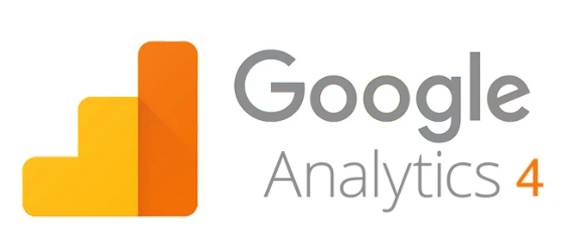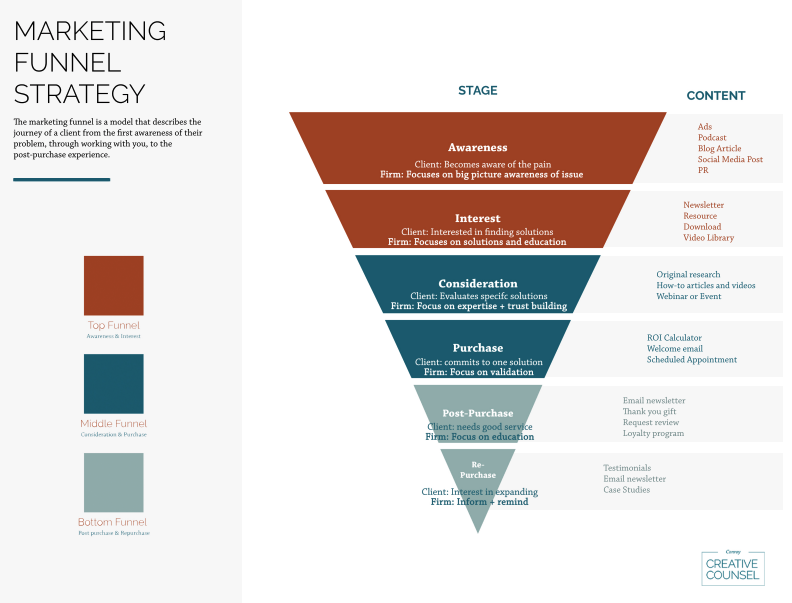For most law firms, email is the most common form of communication with their clients. Understanding when to use conversational and formal tones is essential to ensure you create, keep and maintain good client relations.
As a lawyer, It is easy to get stuck writing with a formal tone. However writing conversational emails may seem challenging, but it is easier than you think.
We will examine what a conversational email sounds like, its benefits and how to write it. We will also discuss the fundamental difference between an informal and formal email.
What Is A Conversational Email?
Writing an email in a conversational tone is a casual style of writing. Your word choice, sentence structure, and other components are similar to when friends are having a conversation rather than a more formal tone.
Conversational emails are more relaxed, although informal writing isn’t necessarily unprofessional. One of the significant benefits of a conversational email is that it helps the reader to feel more connected to the author and your law firm, and using it will help your law firm feel more relatable to potential clients.
Examples of writing in a conversational tone include adding punctuation, like an exclamation mark, and adding various styles. Contractions like I’ve, I’ll, and don’t come across as casual and are usually used in a conversational tone. Conversational writing uses the same phrases and words that your readers use and adds personality to your emails.
Striking a balance between conversational and formal emails and knowing when and how to use each style is essential, as you want to come across as friendly and approachable rather than unprofessional.
Benefits of Conversational Emails
There are several benefits to using a conversational tone in your emails.
- It is inviting
- You connect with your readers quickly
- It humanizes your law firm and gives your reader a tangible human to relate to
- Your message is stronger and more memorable
- It is more direct and has a natural flow
- It makes information easier to understand
- You build trust easier and develop rapport
- It makes you more approachable and personable
Conversational language is inclusive, and using simple languaging with a friendly tone ensures that everyone can understand and benefit from your content. Generally, the easier something is to read, the more trustworthy the reader perceives it.
How To Write In A Conversational Tone
Here are some tips to make writing a conversational email easier.
1. Write How You Speak
Talk to yourself out loud, then listen to your response. Your sentences may begin with “but” or “and” or your sentences may end with a preposition. This may usually be considered incorrect, but it’s a more natural way to talk, and writing the way you talk makes you more relatable.
2. Use Contractions
Contractions in a formal email would make your college English teacher cringe, but they’re a normal part of talking, and if you don’t use them in your emails, your writing might make you sound robotic and stuffy. Using them helps keep your readers focused on the content instead of how dry or complicated the language is in your email.
3. Address Your Reader
In formal or academic-style writing, addressing your reader is discouraged. In conversational emails, you can address your reader instead of dictating and include them in your conversation with the content.
4. Provide Anecdotes
Use stories or valuable anecdotes that you would tell a family member or best friend as long as the story is appropriate, relatable, and engaging. This makes creating a personal connection with your reader easier.
5. Keep It Simple
Conversational writing is simple and direct and includes everyday language when writing your email, making it much easier for your readers to understand your message.
6. Be Genuine!
The most important part of writing a conversational email is to be yourself; this will make you and your readers feel more comfortable.
7. Maintain Your Professionalism
Just because you are writing an email using a conversational tone doesn’t mean you forget decorum. You want to connect with your readers without coming off as unprofessional.
8. Avoid Clichés
Clichés will highlight a lack of creativity when representing your positions or ideas and should only be used if necessary.
9. Put Down The Thesaurus
You want your emails to sound intelligent and impressive. Still, decorative writing usually indicates the writer has less to say than a writer who uses simple, straightforward language.
10. Stop Ramblings
Even though conversational writing may sometimes include rambling, you want to ensure your readers can read your email easily without too much fluff and excessive wordiness.
11. Be Gender Neutral
Make sure you use his/her in your writing to keep from alienating or offending your readers. Gender-neutral style writing helps to be respectful and maintain neutrality in your writing unless you are positive about your reader’s gender.
12. Read Aloud!
Once you write your email, read it aloud to yourself or a friend. Notice if it flows easily, or do you get caught up in the wordiness? With practice, writing conversational emails will get easier.
Formal Emails
There are times when a formal tone is appropriate and necessary to add a professional, matter-of-fact manner. The formal writing tone is neutral, follows grammatical rules, uses a passive voice, is more complex and whole words, and generally speaks in the third person. Formal writing does not include contractions or punctuation beyond commas and periods. There are times when formal writing is the best option, as you don’t want to make the wrong impression.
Example #1. An email written in a formal tone would sound like this one.
Hello Donna,
My office will contact you to set up an appointment to discuss your case.
Sincerely,
Bill
Example #2. An email written in a conversational tone would sound more like this one.
Hi Donna,
I hope your day is going well. Let’s get together next week to talk. I’ll have my office call you to set up a time. See you soon!
Take care,
Bill
Want some more ideas for writing emails, creating the best law firm website, and effective marketing strategies?
Consult With The Experts at Conroy Creative Counsel
We are here to help take your law firm’s emails and website to the next level.
At Conroy Creative Counsel, we combine our extensive marketing experience with outstanding website design to help firms expand their reach and create sustainable momentum and growth. Contact us today to talk about taking your firm to the next level.











